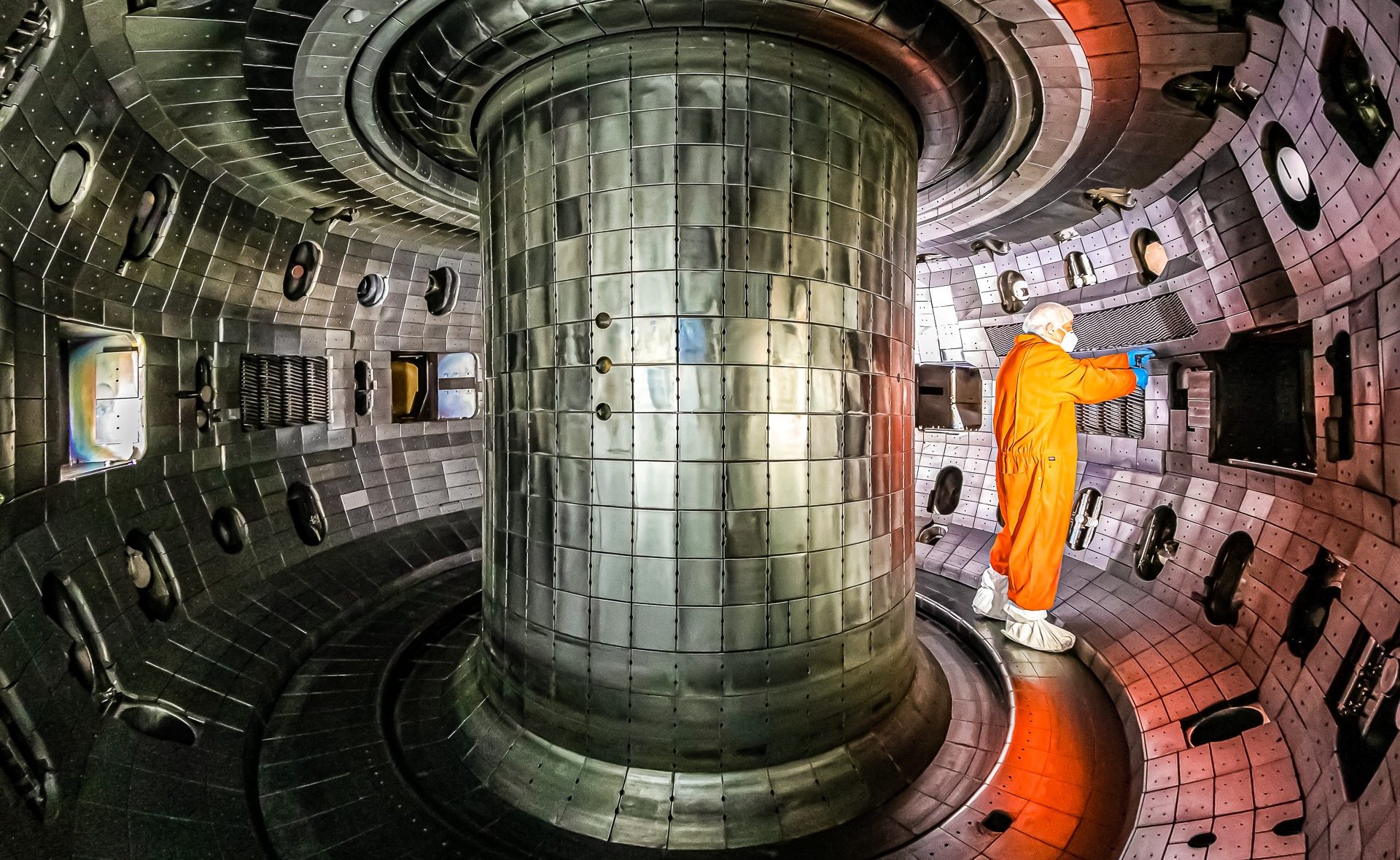
The DIII-D National Fusion Facility, located in San Diego, California, is the largest magnetic fusion research facility in the United States and is operated by General Atomics for the US Department of Energy. This facility plays an important role in optimizing the tokamak approach to fusion energy production since the mid-1980s and provides valuable data for the engineering design phase of ITER.
DIII-D has recently been in the news because has completed a two-year research campaign that resulted in a record-breaking 1,600 hours of plasma research and 140 groundbreaking studies, leading to many transformative advancements for delivering cost-effective fusion energy.
The 2023 research campaign was highly productive, with the facility in operation for over 200 days. Some of the most notable advancements include:
- The demonstration of high-performance “diverted negative triangularity” plasma configurations, which alter the shape of the plasma to improve performance and heat dissipation and potentially revolutionize the path to cost-effective fusion energy.
- The deployment of a new radio-frequency wave injection technology known as “helicon current drive” with an innovative antenna that improves the delivery of energy to the plasma, potentially creating a new method for efficiently sustaining plasmas in a more compact and cost-effective manner.
- Significant optimizations to DIII-D’s flexible three-dimensional magnetic field configurations, which improved particle confinement and protections for the plasma-facing walls of the machine.
In addition to these scientific advancements, the program also dedicated two weeks of run time for student researchers, with 17 experiments conducted by students pursuing PhD theses. DIII-D hosts over 200 students, interns, and postdoctoral research fellows annually.
The facility will begin a series of major upgrades over the next eight months to prepare for the next research phase. These upgrades will improve DIII-D’s capabilities for shaping and containing plasma, enabling new research to improve plasma control and efficiency.
Source: Globenewswire
